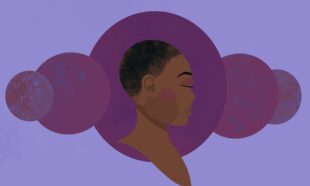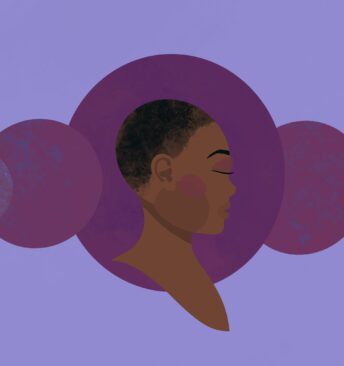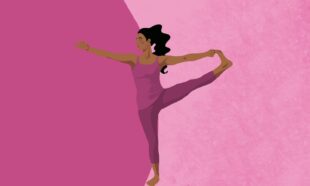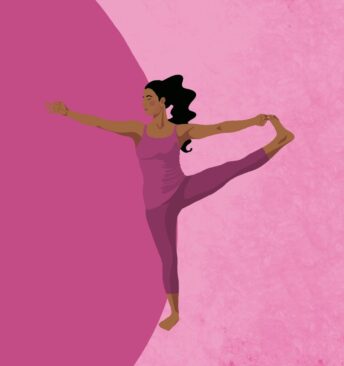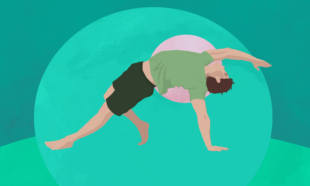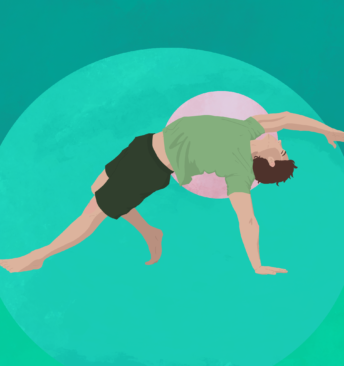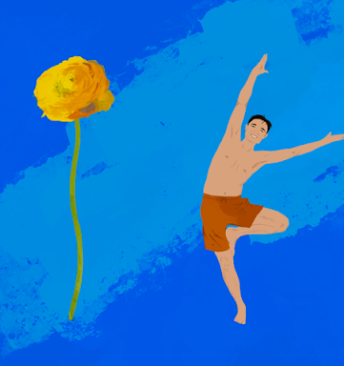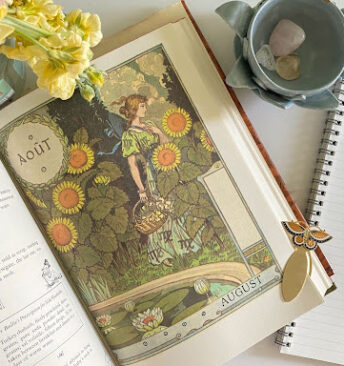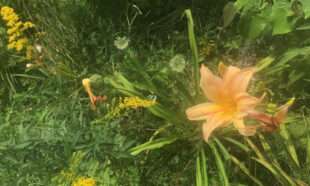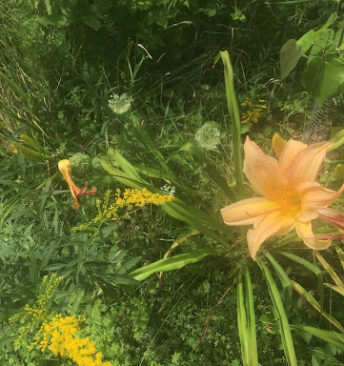Liberating the Spirit
Liberating the Spirit
Incorporate heart-opening poses and sequences that foster emotional release and cultivate joy to enhance emotional freedom.
What does it mean to be emotionally free? Generally, being emotionally free refers to the ability to experience and express one’s emotions without being controlled by them. Emotional freedom is associated with non-judgemental emotional awareness, self-regulation, healthy self-expression, and emotional resilience. This week we invite you to reflect upon and release any resentment, anger, fear, grief, jealousy, or hatred you may be holding onto and in turn, invite more compassion into your life. Talk therapy, meditation, breathwork, or even just a good cry are all useful tools in the pursuit of emotional freedom. One of Sui Yoga’s breathwork teachers, AJ Alvarez, refers to sweat and tears as medicine produced by the body. Affecting both the mind and the body, physical and emotional releases can contribute to an increase in clarity. At Sui Yoga, we can’t guarantee that you’ll cry in class, but you’ll certainly sweat!
The chakra of love
According to Hindu (or Vedic) philosophy, one way of cultivating empathy is through the fourth of the seven chakras, known as anahata or the heart chakra. When this chakra is balanced, forgiveness and love flows with ease. This week, I revisited my grandmother’s copy of The Complete Illustrated Book of Yoga by Swami Vishnudevananda to learn more about balancing and opening anahata.
Chakra Crash Course
According to Vishnudevananda, chakras, or “cakra” in Sanskrit, are centers of spiritual energy located in the astral body. This energy is called Pranic energy, also known as life force. Chakras have corresponding centers in the physical body called plexuses. Six of the chakras are located in the spine, and the seventh can be found in the brain. Individual chakras take the form of a lotus, each with a unique number of petals.
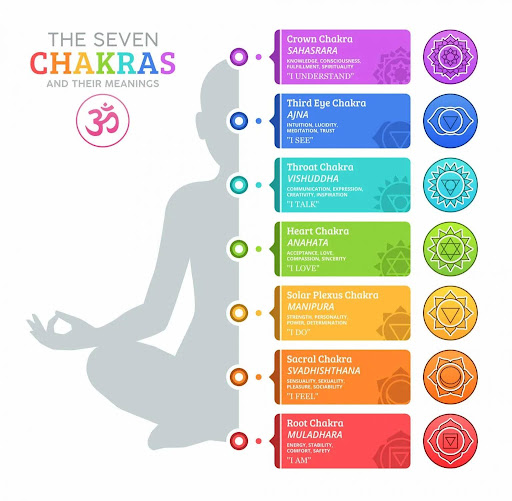
You may be familiar with these rainbow diagrams of the chakras. Image source: Colors Explained
Anahata is represented by the air element and the letter yam. According to Vishnudevananda, the Anahata chakra has 12 petals that are the color of smoke and two triangles in the center: one facing upwards and one facing downwards. The individual petals of the chakras have names too – except, apparently, for the seventh chakra, sahasrara, whose one thousand petals are collectively anonymous. The twelve petals of anahata are called ka, kha, ga, the, ge, cha, chha, ja, jha, je, a, and tha.
The chakras as lotuses. Image source: Swami Vishnudevananda
Balancing anahata with asanas
Any yoga pose that opens up the chest can help balance the heart chakra. There is a wide range of heart-opening asanas to practice, all present in classes at Sui Yoga. You may recall cow pose or bitilasana, and goddess pose or utkata konasana from class. Perhaps you also wobbled your way through standing bow pose, also known as dandayamana dhanurasana! No matter your energy level or ability that day, there is a heart-opening pose for you.
A heart-opening asana you probably won’t encounter at Sui Yoga. Image source: Swami Vishnudevananda
Just like how the heart chakra falls at the center of the seven chakras, we are now halfway through July and our exploration of freedom. How do you feel now compared to two weeks ago? Thank you for being a part of our community and contributing to a safe space for students and teachers to practice yoga and connect with mind, body, and heart.
